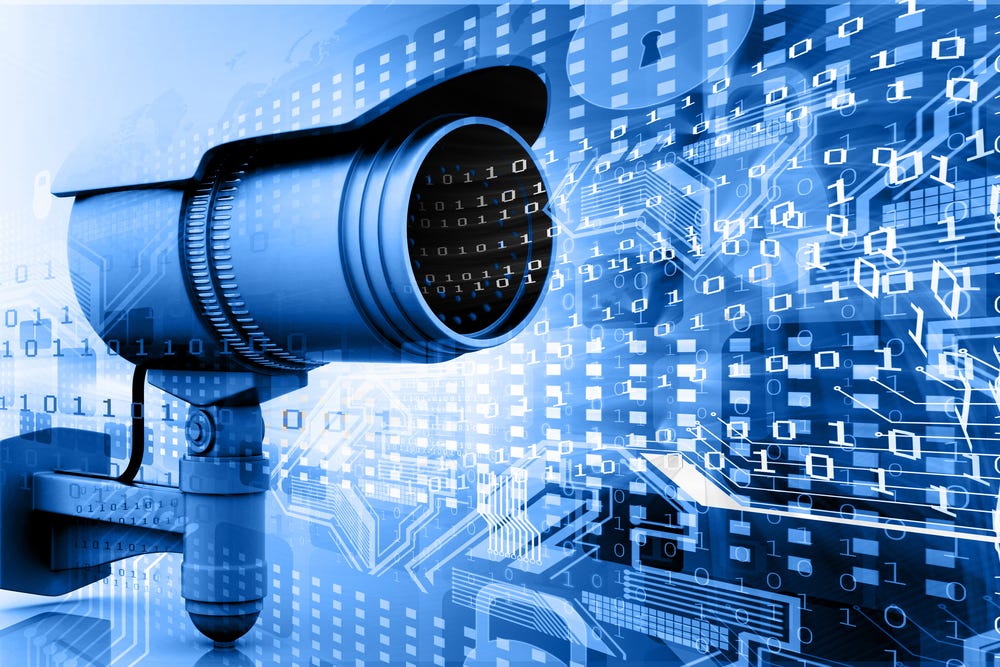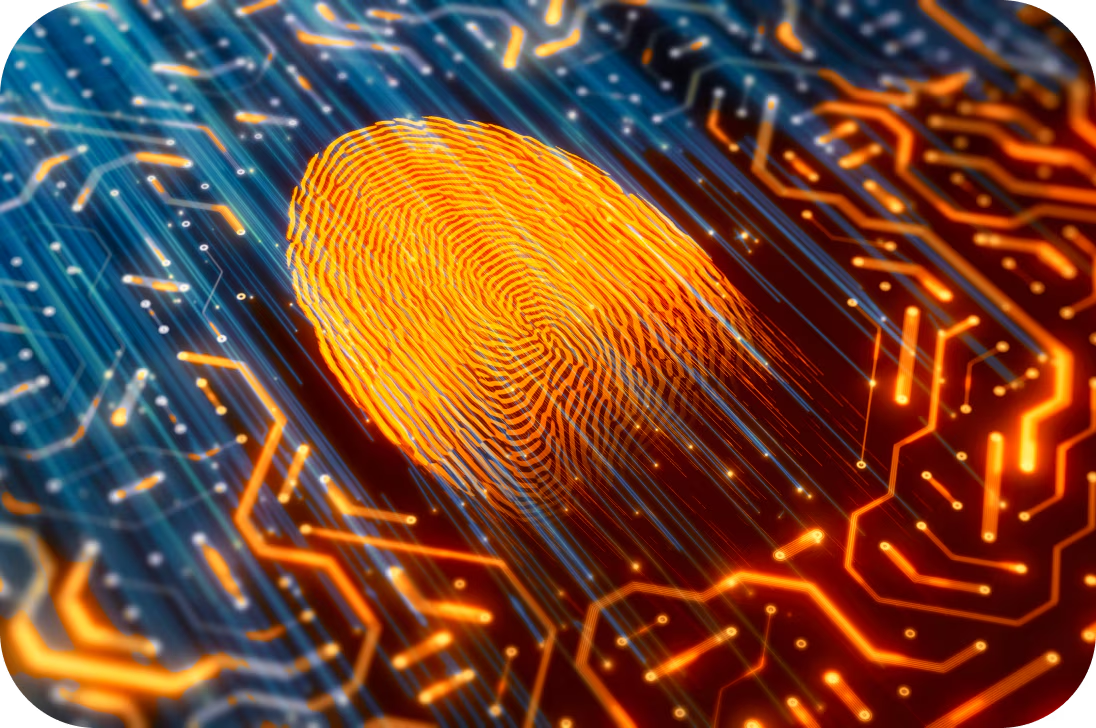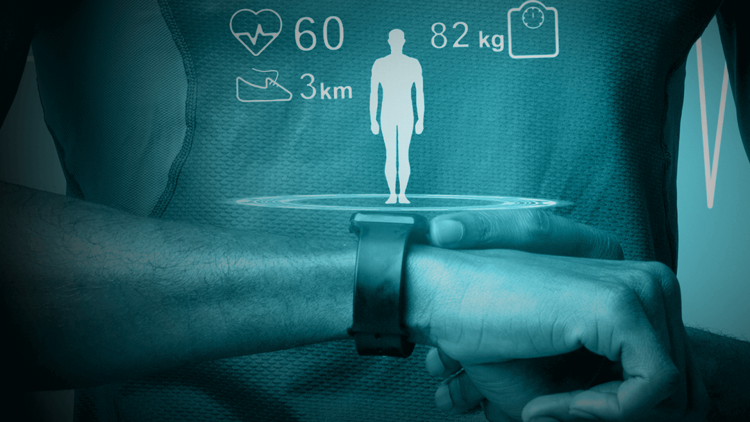Smartwatches have evolved from quirky tech gadgets to essential lifestyle companions. From tracking your heartbeat to managing your schedule, these sleek devices sit on your wrist, connecting you seamlessly to the digital world. But amid all this convenience, a crucial question looms: Is your smartwatch spying on you?
Let’s dive deep into the anatomy of smartwatches, uncover how they collect data, explore the risks involved, and most importantly, learn how to protect your privacy without ditching your favorite gadget.
The Allure of Smartwatches: Convenience Meets Connectivity
Smartwatches are the Swiss Army knives of the tech world. They combine fitness tracking, notifications, GPS, music control, and even payment systems—all in a compact form factor. Their appeal is undeniable:
- Health Monitoring: Heart rate, sleep patterns, blood oxygen, ECGs, and more.
- Communication: Quick replies, calls, notifications without pulling out your phone.
- Navigation: GPS-guided routes right on your wrist.
- Payments: Contactless payments via NFC.
- Apps: From games to productivity tools.
This interconnected ecosystem creates a vast flow of personal data, often continuously updated and transmitted.
How Smartwatches Collect Data
Smartwatches are data goldmines, using a suite of sensors and software:
- Accelerometer & Gyroscope: Track movement, steps, and orientation.
- Heart Rate Monitor: Uses light sensors (PPG) to measure pulse.
- GPS: Pinpoints location.
- Microphone & Speaker: Enable voice commands and calls.
- Wi-Fi & Bluetooth: Facilitate data syncing and connectivity.
- Ambient Light Sensor: Adjust screen brightness.
This sensor suite feeds health, location, behavioral, and interaction data to apps and servers.

The Data Journey: From Wrist to Cloud
Your smartwatch is more than a standalone device; it’s part of a connected network:
- Local Processing: Basic data analysis on the watch.
- Syncing: Data transferred to paired smartphone or directly to the cloud.
- Cloud Storage & Analysis: Your data is stored on servers and often used for AI-driven insights.
- Third-Party Access: Some apps or services might access this data, based on permissions granted.
Each step carries privacy risks—data breaches, unauthorized access, or misuse.
Privacy Risks: How and Why Your Smartwatch Might Spy on You
1. Data Over-Collection
Smartwatches collect far more data than users often realize. Continuous heart rate, location tracking, and even voice recordings can build detailed personal profiles. This “data exhaust” can reveal habits, health conditions, social interactions, and lifestyle.
2. Weak Security Protocols
Not all smartwatches are built with robust security. Vulnerabilities in Bluetooth or Wi-Fi protocols can open doors for hackers to intercept data. Older or budget models might lack encryption or timely software updates.
3. Third-Party App Access
Installing third-party apps can introduce risks if those apps request excessive permissions. Some may collect data beyond their operational scope, sending it to advertisers or analytics firms.
4. Government Surveillance
Smartwatches with GPS and microphones can theoretically be exploited by state actors or law enforcement for surveillance, sometimes without user consent.
5. Data Sharing with Manufacturers
Many smartwatch companies collect anonymized or aggregated data to improve services, but the fine print often allows sharing data with partners or advertisers.
Are All Smartwatches Equally Risky?
No. Privacy and security vary widely depending on:
- Manufacturer: Apple, Samsung, Garmin, Fitbit, and others differ in data policies and security practices.
- Operating System: Watches running proprietary OS vs. open platforms may have different vulnerability profiles.
- User Habits: Default settings, app permissions, and usage patterns affect exposure.
- Firmware Updates: Regular security patches significantly reduce risks.
How to Tell if Your Smartwatch is Spying on You

Detecting covert spying is tricky but here are signs to watch for:
- Unexpected Battery Drain: Background spying apps consume power.
- Unusual Data Usage: Increased data transfers hint at secret communications.
- Strange Behavior: Apps launching by themselves or abnormal notifications.
- Audio or Camera Activation: Microphone or camera lights turning on without cause.
- Suspicious Network Connections: Unknown devices or IP addresses in network logs.
Practical Steps to Protect Your Privacy
1. Review Permissions Regularly
Check what sensors and data each app accesses. Revoke unnecessary permissions.
2. Use Trusted Devices and Apps
Stick to brands with strong privacy reputations and avoid sketchy third-party apps.
3. Turn Off Unneeded Features
Disable always-on GPS, microphone, or Bluetooth if not needed.
4. Encrypt Your Data
Enable device encryption and use secure passcodes.
5. Keep Software Updated
Install firmware and app updates promptly.
6. Use VPNs and Secure Connections
When syncing data, ensure connections are encrypted.
7. Read Privacy Policies
Understand how your data is collected, used, and shared.
Future of Smartwatch Privacy: Trends to Watch
- On-Device Processing: Moving more analytics on-device reduces cloud exposure.
- Decentralized Data Models: User data stored locally or in user-controlled environments.
- Enhanced User Control: Granular permission management and data dashboards.
- Regulation: GDPR, CCPA, and emerging laws push manufacturers to adopt stricter privacy norms.
- Biometric Security: Using biometrics to secure watch access and data.
Conclusion: A Balance of Convenience and Caution
Smartwatches have transformed how we live, offering unprecedented convenience and health insights. But this convenience comes at a cost: your privacy.
By understanding how these devices collect and use data, recognizing risks, and adopting smart privacy practices, you can enjoy the benefits without becoming a digital surveillance victim.
In the end, the question isn’t just Is your smartwatch spying on you? but rather How can you control what it knows?


















































Discussion about this post